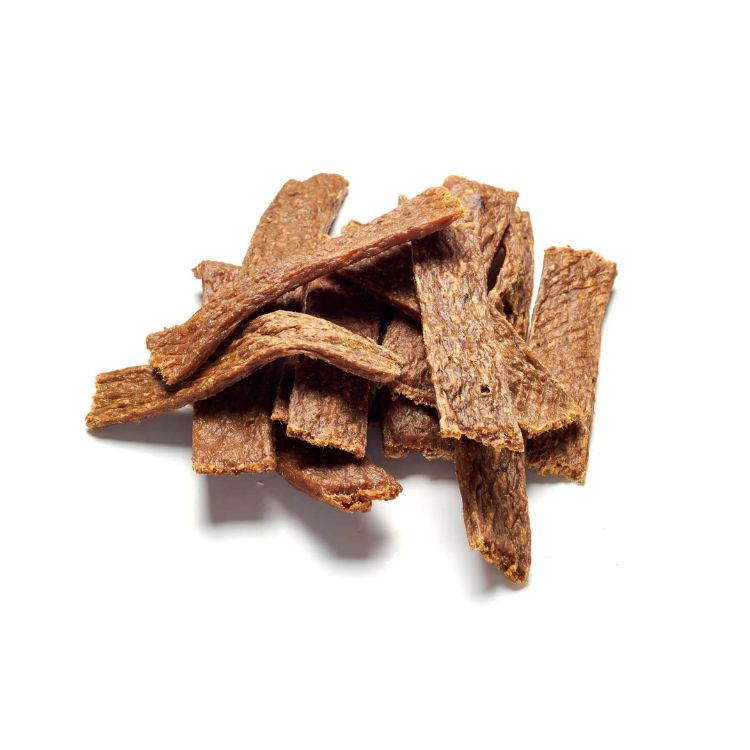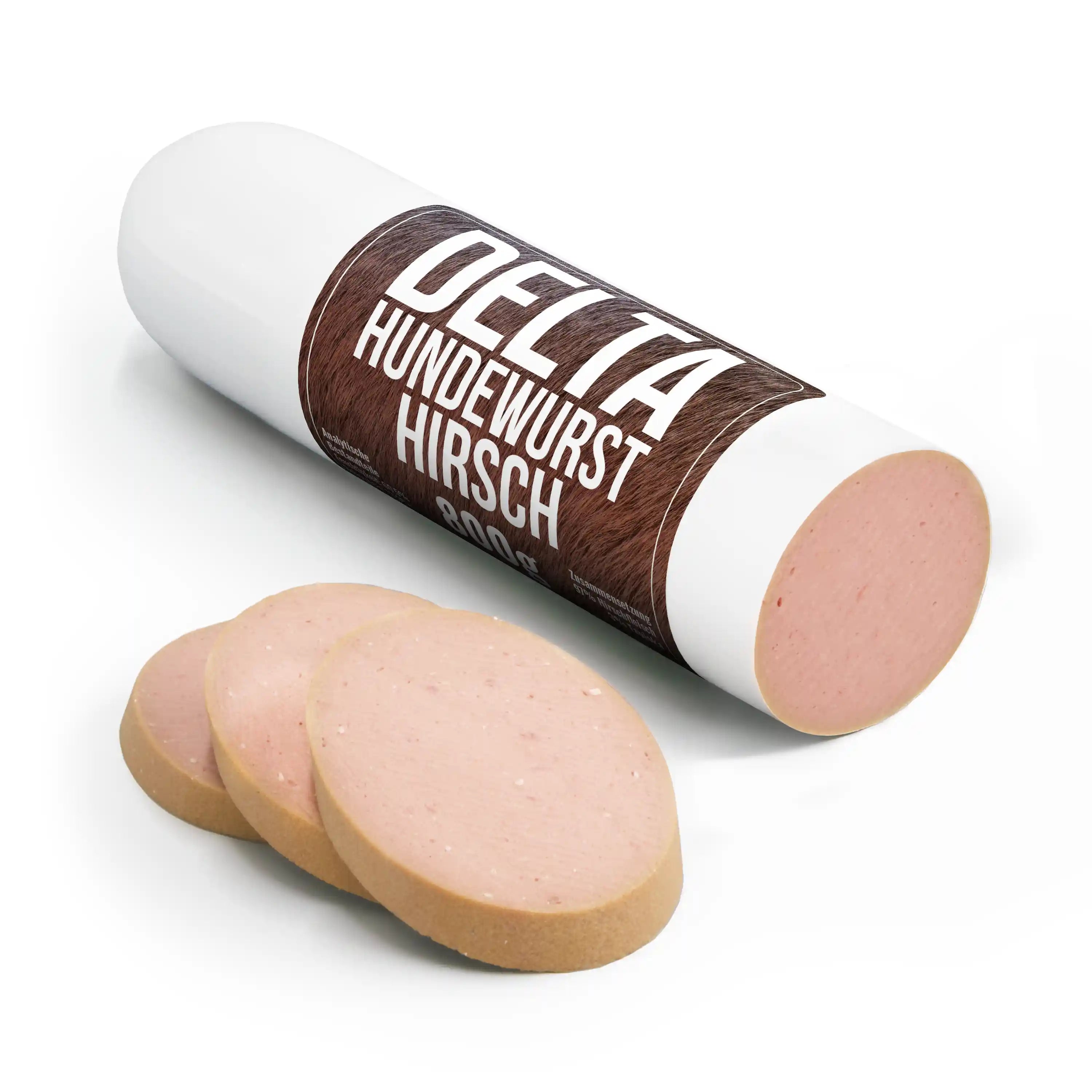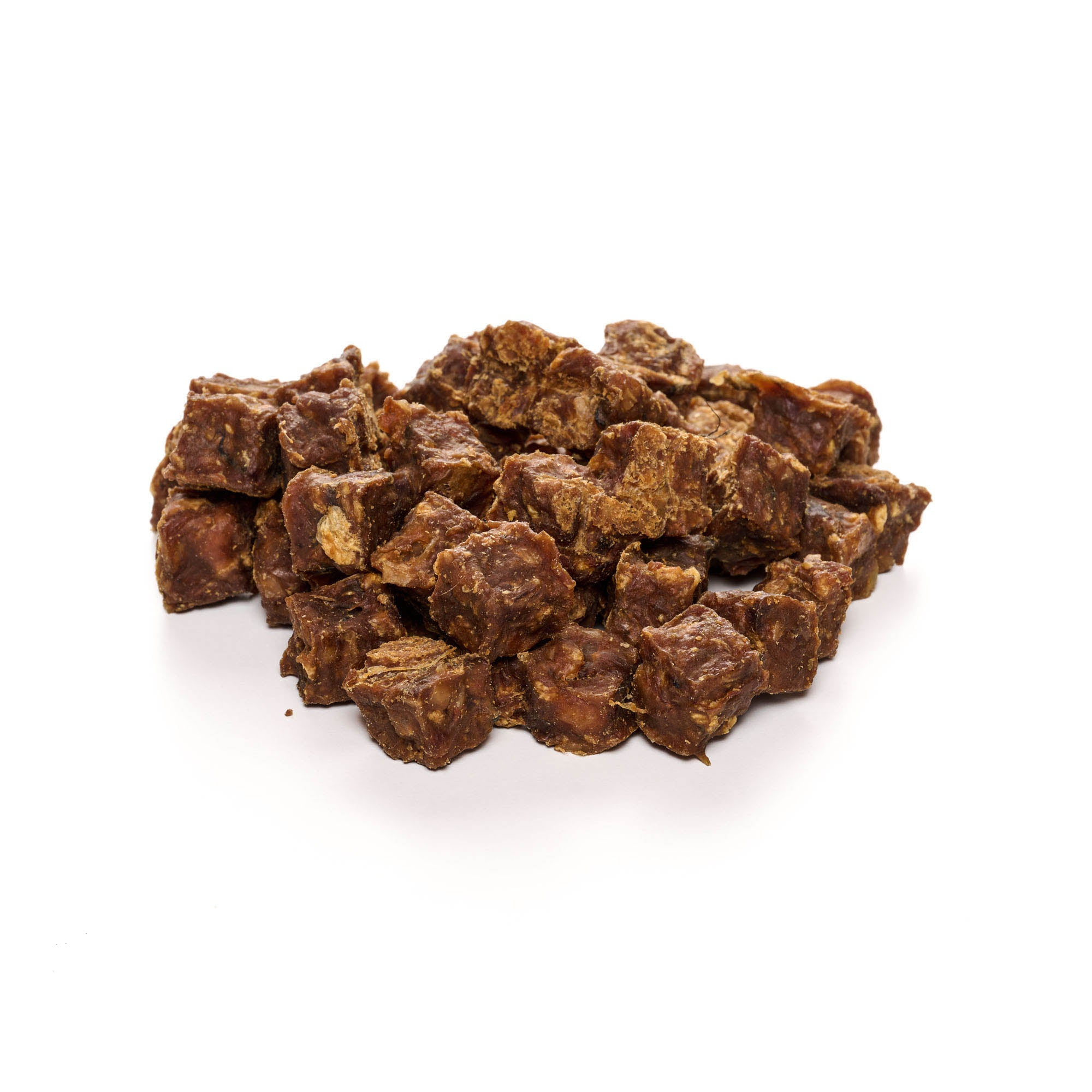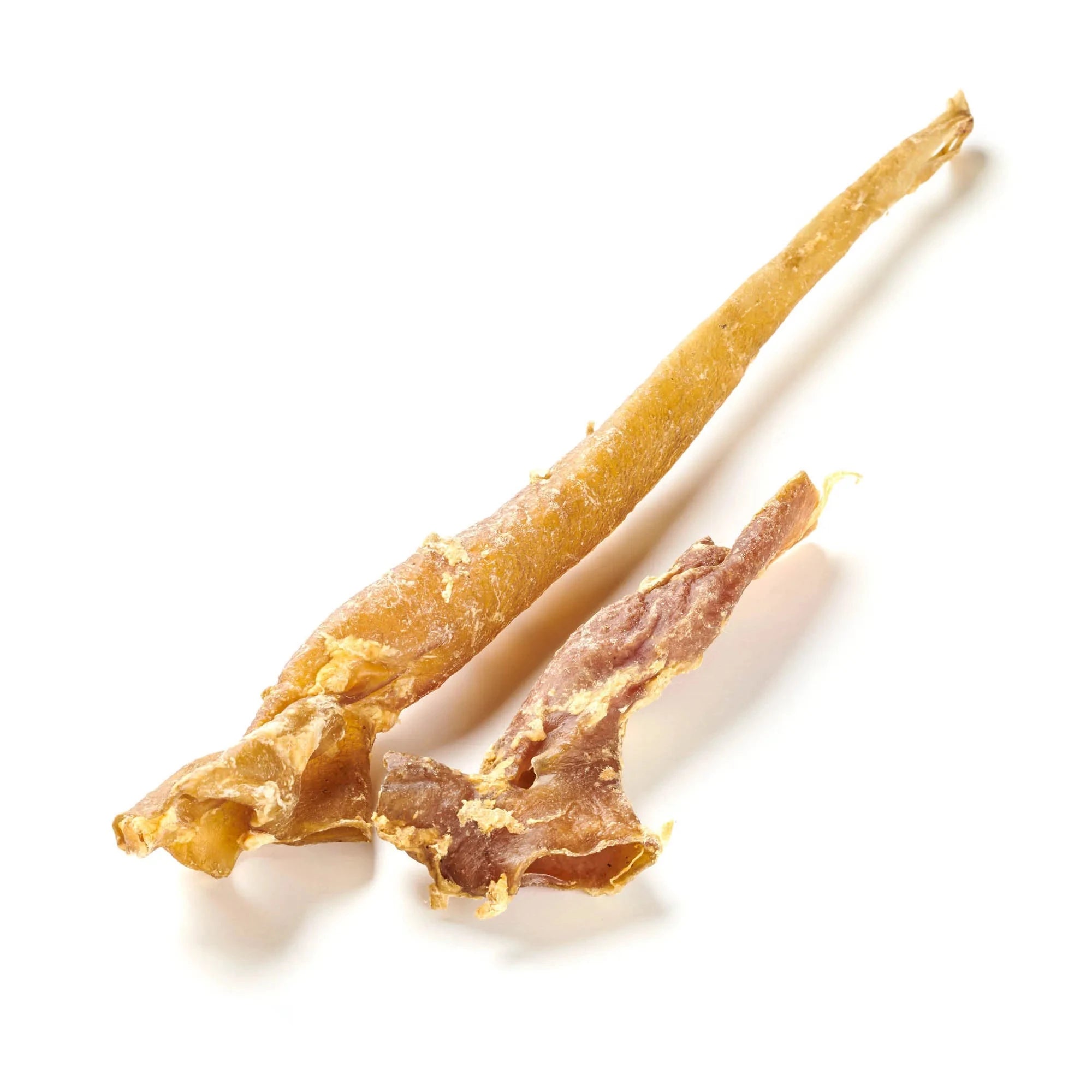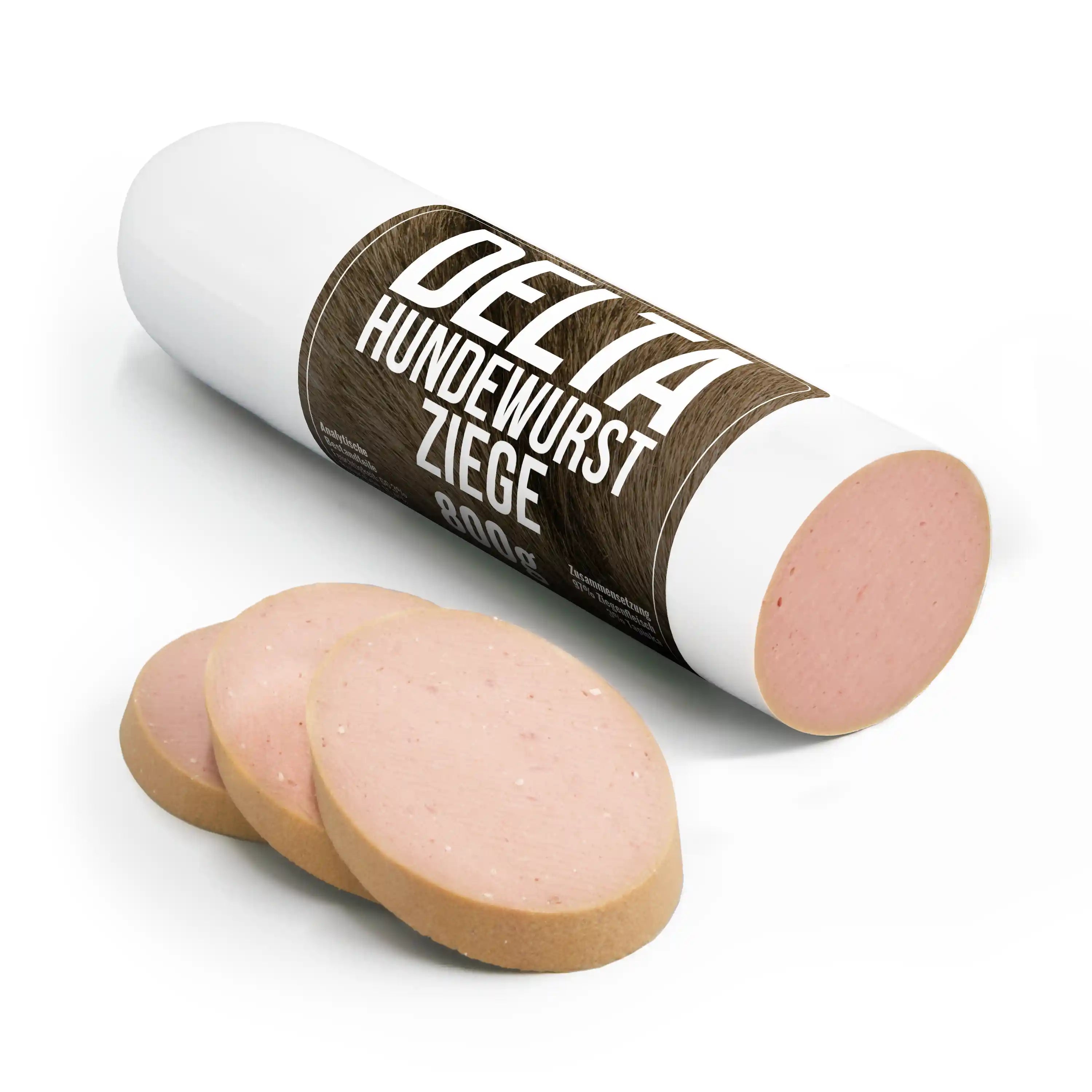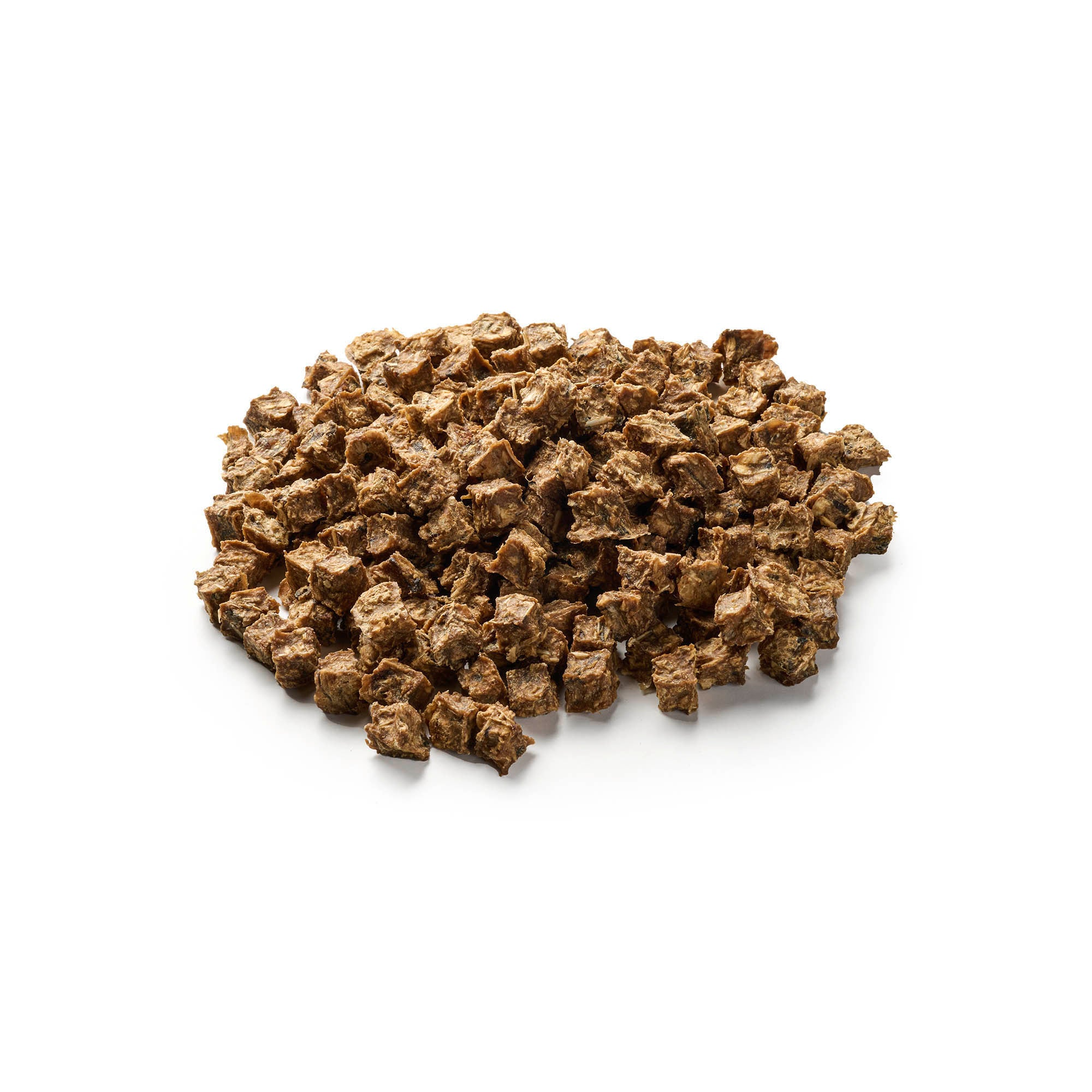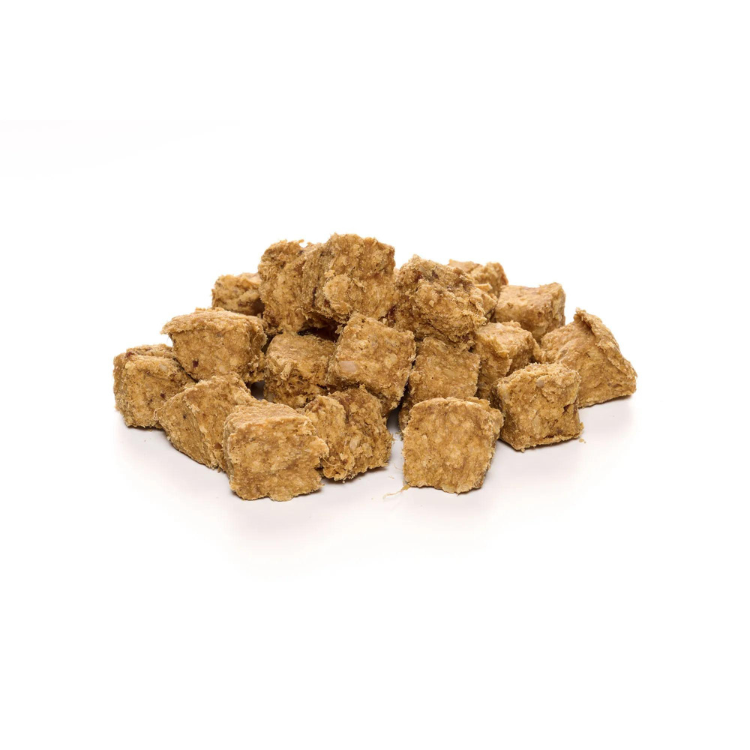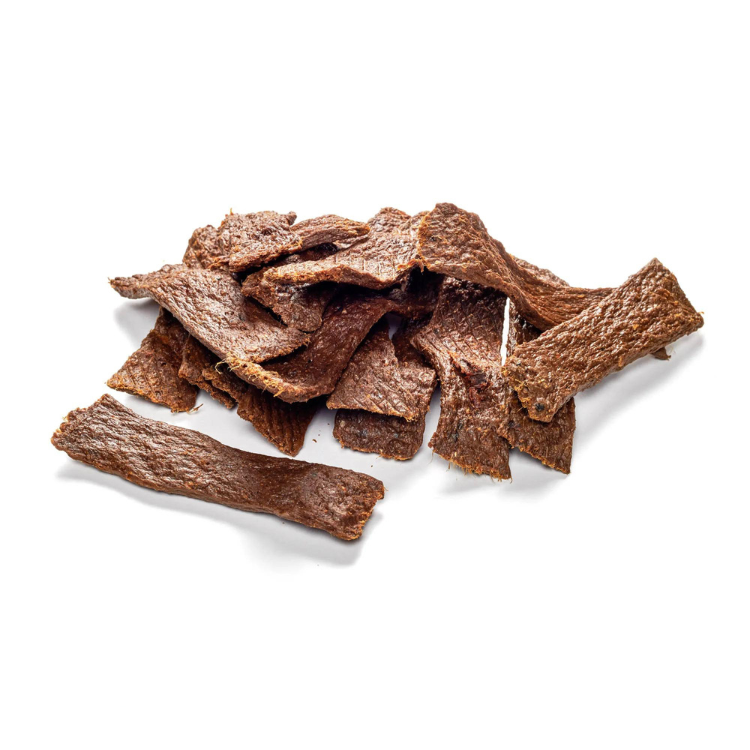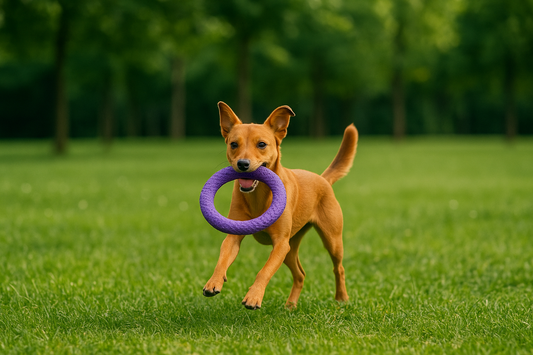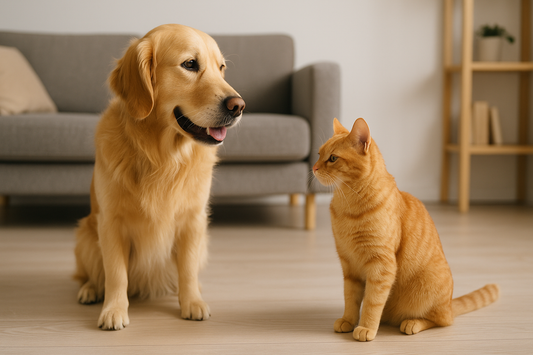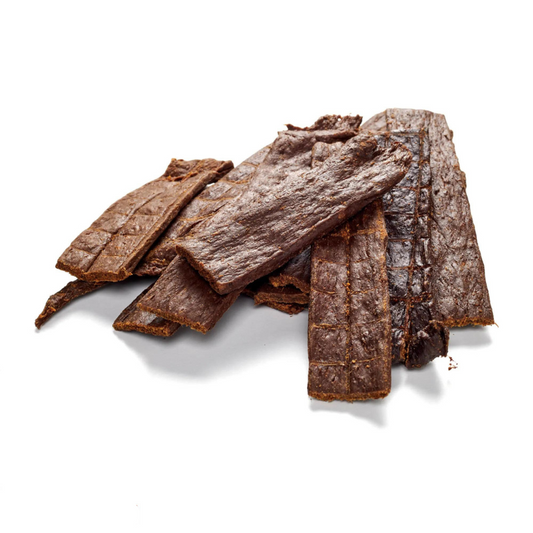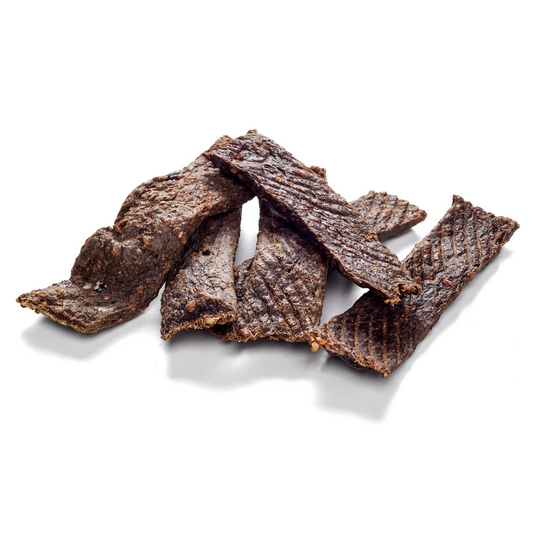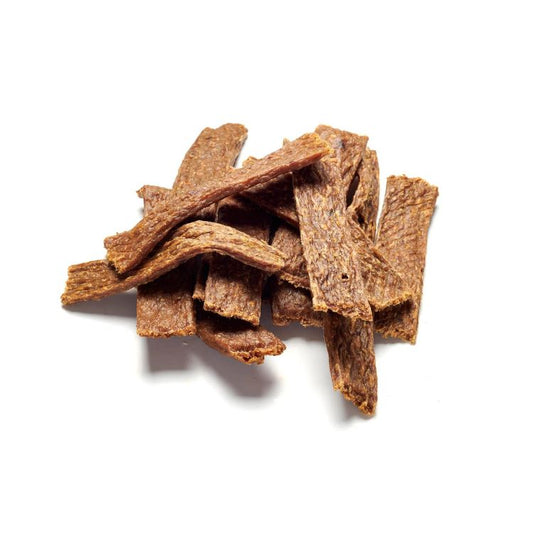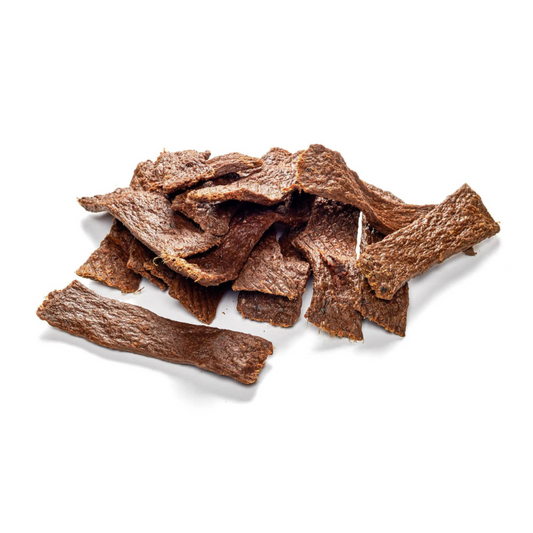
Akita Inu
Share
- profile
- Special features
- Nutrition
- Health and care
- Video
- Origin & History
- The right accessories
- Conclusion
Spoil your four-legged friend with our delicate chew items!
Akita Inu - Profile
Akita Inu - Special characteristics
The Akita Inu is a sharp-witted dog with a strong character that never completely submits to its owner. It is quiet but adventurous, affectionate and brave. The Akita is calm and rarely barks. It can keep itself busy on its own and is rather annoyed by the hustle and bustle of a group of people. Always friendly and peaceful, the Akita only comes to its owner when it feels like it. The Spitz is not very impressed by bossy calls. In the wild, the dog follows its strong hunting instinct and is completely in its element. Its urge to dominate the pack and only follow a two-legged friend who, in the eyes of the Shiba, deserves the leadership, requires an owner who is equally strong-willed and has a strong character. The owner should be very consistent in training and develop a good sense of the peculiarities of his companion. The Akita must be accustomed to other pets from a young age, as it loves its own space and independence.
Akita Inu - Nutrition
There are hardly any important rules when it comes to feeding the Akita Inu. As with any dog, the focus is on a balanced diet. The food should tend to be high in protein with a high meat content . The amount of food should be based on the dog's age, weight and activity level. Choosing high-quality food goes without saying, but the Akita has a reputation for demanding high standards. BARFing is best suited for this dog. Biologically appropriate raw feeding involves giving high-quality raw meat and supplementing it with raw vegetables, fruit and grains. Pork should be avoided. Also make sure that there is enough drinking water available.
High-quality dog chews for your faithful companion can be found here!
Akita Inu - Health and Care
The Akita's coat needs a little more attention. It loses its undercoat twice a year and should generally be combed several times a week, especially during the coat change. The coat change lasts about 2-4 weeks and is accompanied by a lot of hair loss. In high temperatures, the dog tends to overheat due to its thick coat, which is why excessive exertion should be avoided in midsummer. Otherwise, the Akita Inu is considered to be a very easy-care and clean animal that also takes care of its own personal grooming wherever possible. Another special feature is that the Akita does not smell strongly "of dog" even when its coat is wet. The Akita Inu does not have any breed-specific diseases, provided there is no inbreeding. With proper feeding and good breeding, your little four-legged friend will normally have hardly any health problems. At up to 14 years, the life expectancy of Japanese hunting dogs is comparatively high.
Akita Inu - Video
Akita Inu - The right accessories
As a rule, an Akita is not interested in dog toys and prefers to go on long walks in nature. A long leash can be useful for this, so that you can let the dog run around on the one hand, but also keep its hunting instinct under control on the other. It is also important to provide the dog with its own place to retreat to. A large fenced garden is also ideal as a place for the dog to run around. However, you still cannot avoid the daily walk. So that your four-legged friend can rest after a long walk, you should provide him with a comfortable basket.
Akita Inu - Origin & History
The Akita Inu is a very old Japanese dog breed that was used for bear hunting, among other things. Since 1603, it was increasingly possible to bet on the Akitas winning, as they were used in dog fights. Crossing with other breeds, such as the Tosa or Mastiffs, caused the dogs to grow in size and some of the Spitz's characteristics were lost. In 1908, dog fights were also banned in Japan, but the breed continued to spread and was declared a natural monument by the Japanese emperor in 1931. During the world wars, the Akitas almost became extinct. Since there were hardly any purebred animals left, it was initially difficult to reestablish the original breed. Over time, however, talented breeders succeeded in breeding the current breed by crossing them with the Matagi Akitas.
Conclusion
The Akita Inu, an old Japanese dog breed, fascinates with its loyalty and strength of character. Despite its impressive size, it is affectionate and calm. Its history as a hunting dog and imperial natural monument shapes its importance. With consistent training and appropriate care, it is a wonderful companion for experienced owners.
Reward your best friend with our dog treats!

